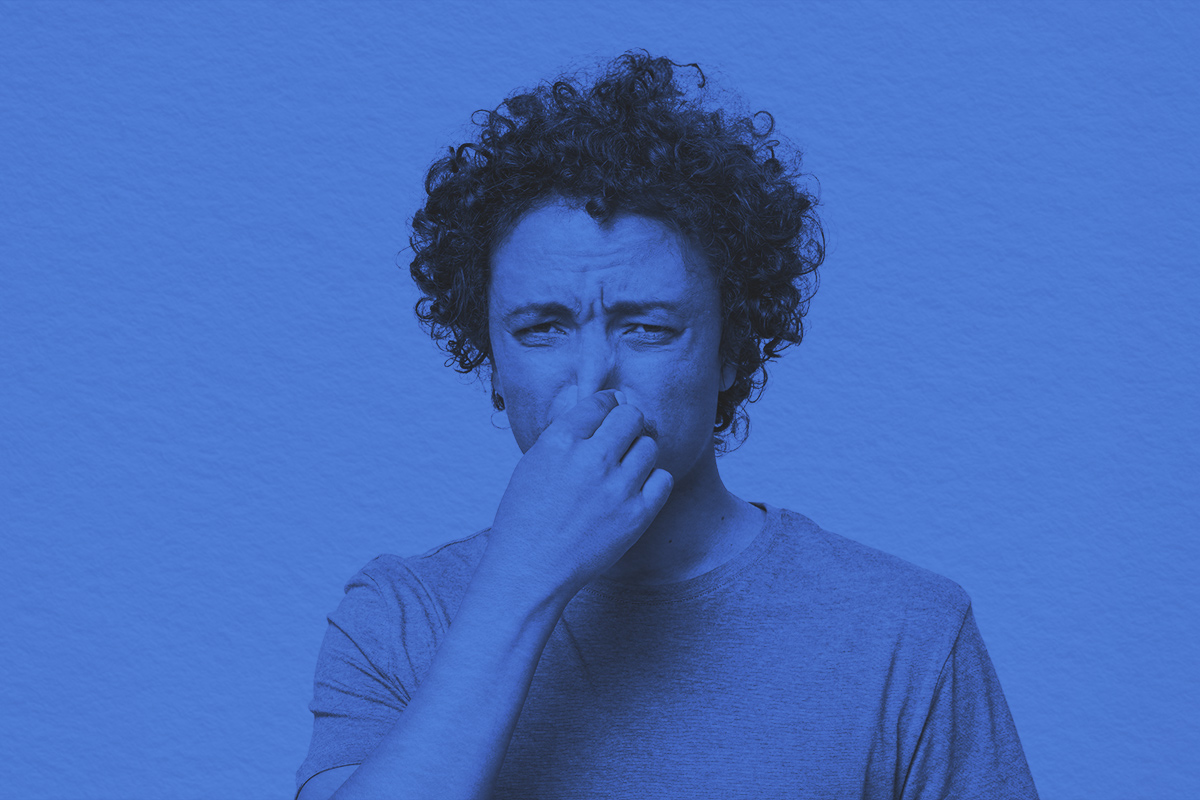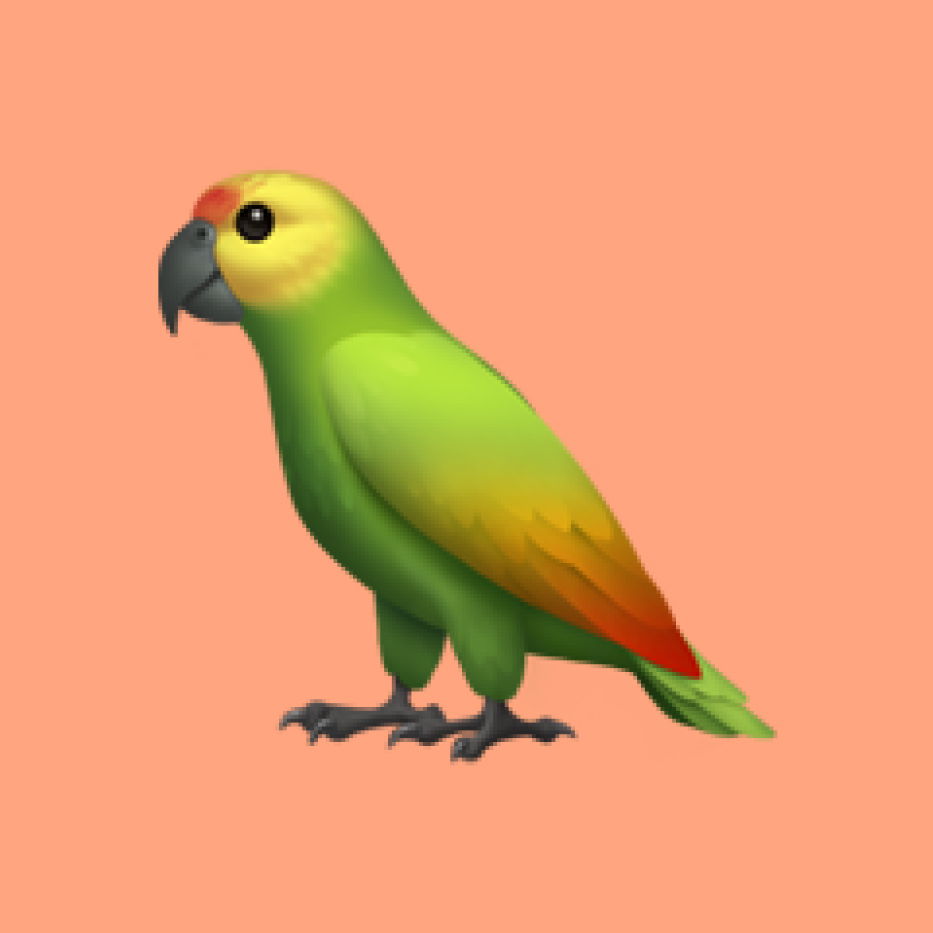Why do we say "P.U." when something stinks? | | Certain etymological mysteries stink to high heaven. While you may not always find a definitive answer, follow your nose and see where it takes you. | |  | Bennett Kleinman |
|
| |  | | W hen something really stinks, you might hold your nose, waft your other hand, and shout "pee-yoo" in disgust. Or is that sound spelled "pugh," "pew," or "P.U."? Truth be told, there's no one clear answer for this olfactory exclamation, but we can dig for more info.
According to the Oxford English Dictionary, people began using this sound to express a sense of disgust by 1604. "Pue" was perhaps the earliest spelling, soon written as "pew," "peuh," and "peugh." "P.U." is another perfectly acceptable spelling, though it's not an acronym. The letters convey the "pee-yoo" sounds in the most straightforward way possible.
While the various spellings capture the same sense of contempt, they also display the collective lack of agreement about how the word should be written. While the OED says "pew," Merriam-Webster says "pugh," and Collins Dictionary has "P.U." All this goes to show that many spellings are considered legitimate, depending on the source. (Perhaps "P.U." hasn't been a high priority for lexicographers, but we're bringing it to their esteemed attention.)
We can't claim a universally accepted spelling for "pee-yoo" (although we do generally follow Merriam-Webster on Word Smarts, so we're leaning toward "pugh"), but we can try to trace the sound's origins — though that, too, is inconclusive. One theory is that the sound comes from the Indo-European term pū̆, which roughly translates to "foul or rotten." Another idea is that saying "pee-yoo" is just an exaggeration of "phew" — a term that's primarily used as an exclamation of relief but can also be used to convey disgust. Wherever it comes from, over 400 years of use tells us that saying "pee-yoo" is a sure way to convey that something stinks. |
| | Continue reading | |  |
|
| | Advertisers help keep Word Smarts free | |
Emoji Decoded | |  | | Parrot | | | Meaning: Shows a brightly colored bird, appearing as a green lovebird or a scarlet macaw, depending on the platform.
Evolution: The Parrot emoji 🦜 can represent any bird, as well as tropical vibes or a vacation state of mind. The Parrot can also refer to a person who is chatty or tends to mimic others.
Usage: [Text to a friend:] Just two more days til vacation 🛫🌴🦜 |
|
 | | Parrot | | | Meaning: Shows a brightly colored bird, appearing as a green lovebird or a scarlet macaw, depending on the platform.
Evolution: The Parrot emoji 🦜 can represent any bird, as well as tropical vibes or a vacation state of mind. The Parrot can also refer to a person who is chatty or tends to mimic others.
Usage: [Text to a friend:] Just two more days til vacation 🛫🌴🦜 |
|
| |
Have you read? | |  | | Dream Work | | By Mary Oliver | | Award-winning poet Mary Oliver always found strength and beauty in nature. Many of her poems focus on the strange, sometimes violent, processes of the natural world around her, especially in Cape Cod, where she lived. This collection includes one of her most famous poems, "Wild Geese," and dozens more thoughtful meditations. | | | | Julia Rittenberg, Freelance Writer | | | | We independently evaluate all recommended products and services. If you click on links we provide, we may receive compensation. |
|
 | | Dream Work | | By Mary Oliver | | Award-winning poet Mary Oliver always found strength and beauty in nature. Many of her poems focus on the strange, sometimes violent, processes of the natural world around her, especially in Cape Cod, where she lived. This collection includes one of her most famous poems, "Wild Geese," and dozens more thoughtful meditations. | | | | Julia Rittenberg, Freelance Writer | | | | We independently evaluate all recommended products and services. If you click on links we provide, we may receive compensation. |
|
| |
| | Advertisers help keep Word Smarts free | |
|


0 komentar:
Post a Comment